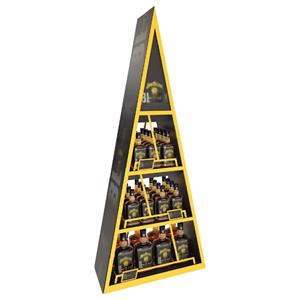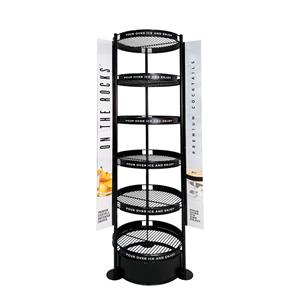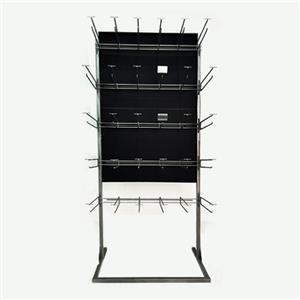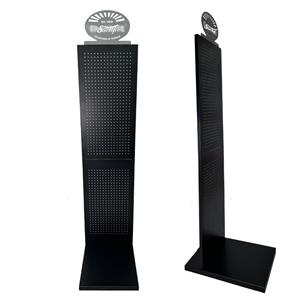How to Operate with Low Carbon Emissions?
How to Operate with Low Carbon Emissions?
Table of contents
1)Introduction
2)Low Carbon Operations: Strategies for Businesses
3)Low-Carbon Solutions for Store Display Facilities
4)Cost Savings from Low-Carbon Operations
5)Case Studies: Successful Low-Carbon Practices in Businesses
6)Conclusion
7)Sintop Value
In recent years, climate change has become one of the most significant challenges businesses worldwide face. With the UK government passing a new climate change act, mandating carbon neutrality by 2050, how businesses can reduce operational costs while complying with environmental policies has become a pressing issue. This article will explore how to reduce business costs through low-carbon operations and optimize store display facilities, focusing on the use of store displays, store fixtures, supermarket racks, display rack for shop, and display stand for shop in an environmentally-friendly manner.
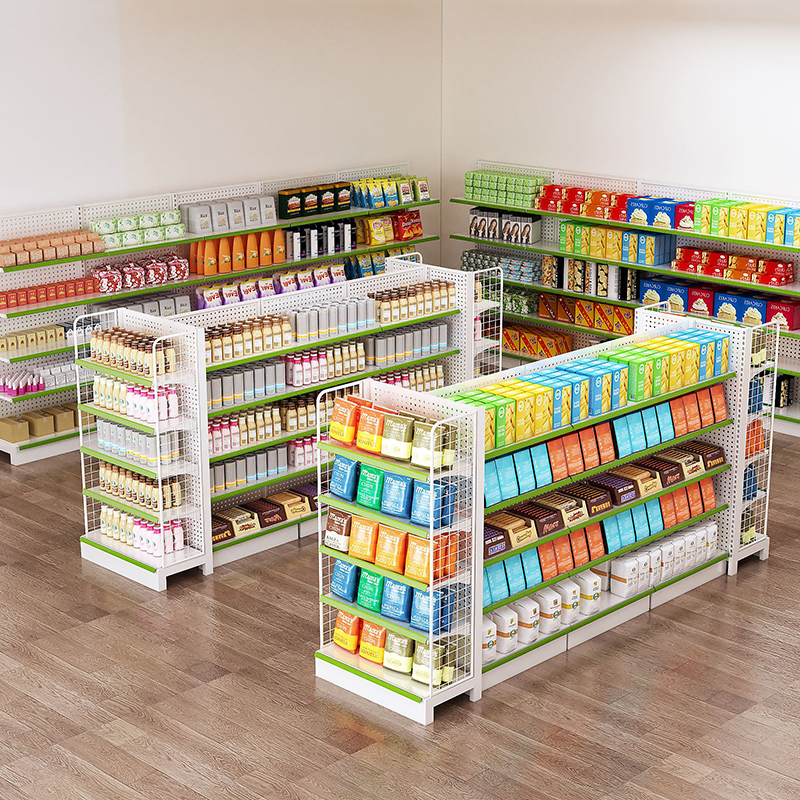
Low Carbon Operations: Strategies for Businesses to Tackle the Climate Change Act
According to the UK Climate Change Act, businesses are required to gradually meet carbon reduction targets. While this transition may incur initial costs, with well-planned low-carbon strategies, companies can not only reduce carbon emissions but also effectively control operational expenses.
The key to low-carbon operations lies in optimizing resource usage. Companies can reduce their carbon footprint by improving energy efficiency, minimizing waste, and using renewable energy. Additionally, reducing material waste and improving logistics efficiency are also effective ways to cut costs. Choosing eco-friendly store displays and store fixtures can help businesses meet environmental requirements while lowering long-term maintenance and replacement costs.
Low-Carbon Solutions for Store Display Facilities
Choosing Eco-Friendly Materials: As environmental policies become stricter, more businesses are focusing on the eco-friendliness of their display fixtures. When selecting supermarket racks, display rack for shop, and display stand for shop, opting for recyclable materials or environmentally-friendly coatings not only reduces carbon emissions but also enhances brand image. For example, wooden and metal display racks are more eco-friendly than traditional plastic ones and are easier to recycle at the end of their life cycle.
Optimized Design to Reduce Waste: When designing store displays and store fixtures, it is important to minimize the use of unnecessary materials and opt for modular designs, which allow for easy disassembly, maintenance, and reuse. This approach reduces energy consumption during production and cuts costs during maintenance and updates.
Efficient Energy Usage: Store lighting and HVAC systems are major sources of energy consumption. By choosing energy-efficient lighting systems and smart temperature control devices, businesses can significantly reduce electricity usage. When selecting display rack for shop, businesses can consider installing LED strips, which reduce electricity consumption while maintaining effective product display.
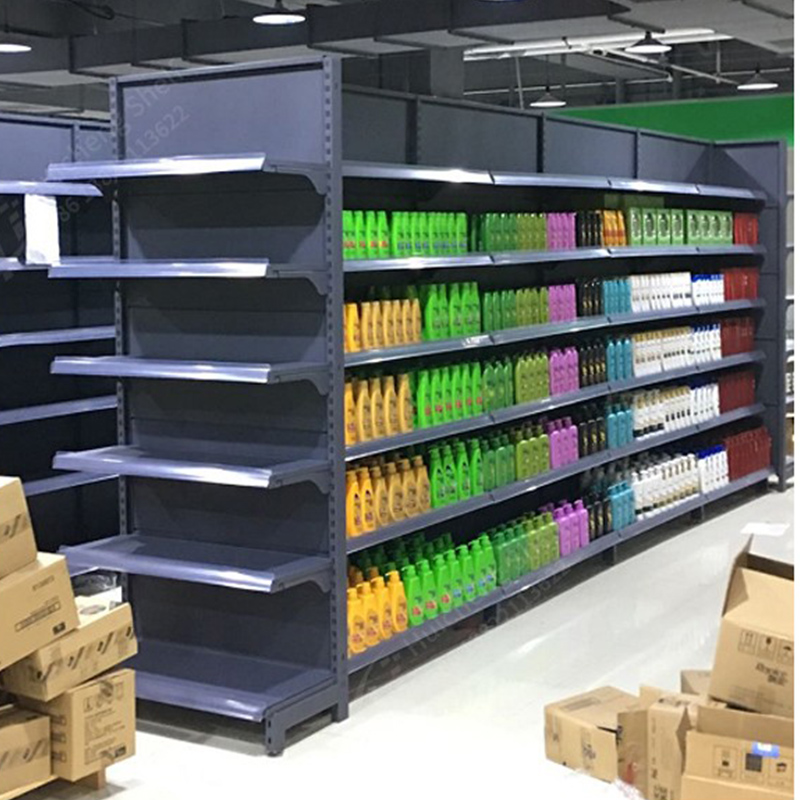
Cost Savings from Low-Carbon Operations
By optimizing store display racks, display tables, and overall design, businesses can achieve significant cost savings while implementing low-carbon operations. Here are a few typical ways to save costs:
Reducing Energy Bills: By updating to more energy-efficient supermarket racks and smart display facilities, businesses can cut down on energy consumption, thereby lowering electricity bills. Well-designed display racks also ensure better natural light utilization, reducing the need for artificial lighting.
Extending the Lifespan of Facilities: Eco-friendly materials are not only durable but also have a longer lifespan, reducing the costs associated with damage or frequent replacement of facilities. For instance, metal and wooden display stand for shop racks are sturdier and more durable than plastic alternatives, lasting longer and helping businesses save on replacement costs.
Reducing Logistics Costs: By using collapsible and easy-to-transport store displays and store fixtures, businesses can lower transportation costs. Modular display racks are easy to disassemble and save on storage space and shipping expenses.
Case Studies: Successful Low-Carbon Practices in Businesses
In practice, many retail businesses have successfully achieved low-carbon operations and cost savings by optimizing their store display facilities. For example, a well-known supermarket chain in the UK updated their supermarket racks by using more eco-friendly materials and designs, which helped reduce their energy consumption by 30% and saved 15% on maintenance costs. Additionally, the company extended the lifespan of its display fixtures, resulting in lower equipment procurement costs.
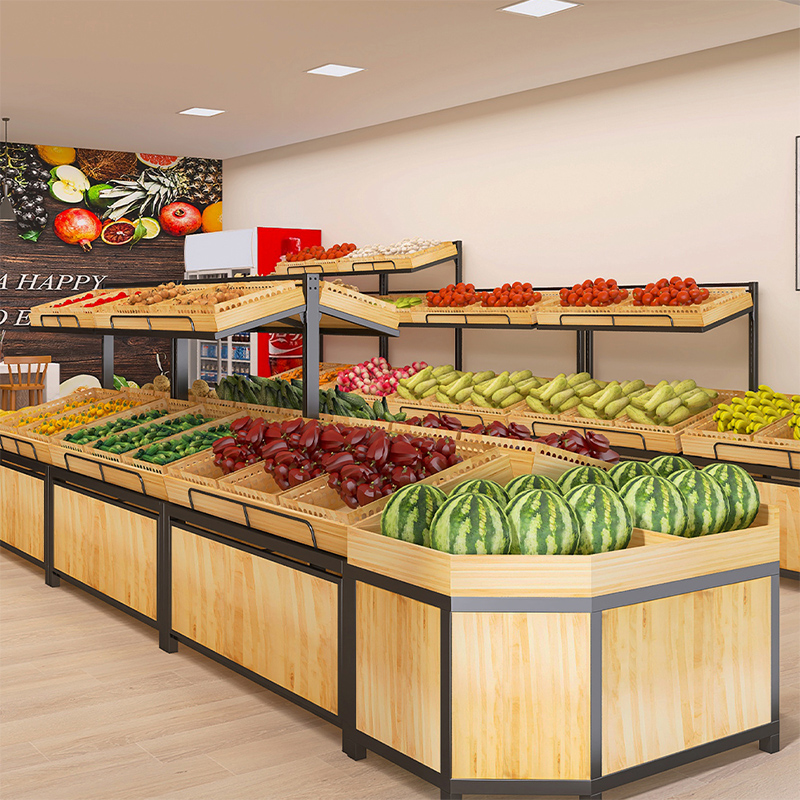
Conclusion
In response to the UK Climate Change Act and other environmental requirements, businesses not only need to focus on compliance but also actively seek solutions that lower costs and increase efficiency. Optimizing store displays, store fixtures, supermarket racks, display rack for shop, and display stand for shop designs and materials is an effective way to achieve low-carbon operations and cost reduction. By employing scientific design, choosing eco-friendly materials, and improving energy efficiency, businesses can reduce long-term operational costs while adhering to environmental policies, ensuring sustainable development.
Sintop's Value:
At Sintop, we provide eco-friendly display solutions that help businesses align with sustainability goals while optimizing costs. Our display racks and store fixtures are designed to reduce material waste, use energy-efficient components, and maximize space usage. With our high-quality, environmentally-friendly options, businesses can lower their carbon footprint and cut long-term operational costs, ensuring a sustainable future.

Contact information
Website: www.sintopfixtures.com
Wechat/WhatsApp: +86 15980885084
Email: elly@xm-sintop.com
FAQ
1. What are store fixtures?
Store fixtures are essential equipment and furniture used in retail spaces to display, organize, and store merchandise. Examples include shelving units, racks, display cases, counters, and hooks.
2. Why are store fixtures important?
Store fixtures enhance the shopping experience by organizing products, improving accessibility, maximizing space, and creating appealing displays that attract customers and boost sales.
3. What types of store fixtures are commonly used?
Common types of store fixtures include:
Shelving Units(wall shelves, free-standing shelves, adjustable shelving)
Display Cases (glass cases, countertop cases)
Racks (clothing racks, display racks)
Counters (checkout counters, service counters)
Hooks and Pegboards
End Caps
Signage and Graphics
Mannequins
4. How do I choose the right store fixtures for my retail space?
Consider your merchandise type, store layout, and branding needs. Fixtures should be functional, complement your store's design, and fit within your budget. Evaluate your space to determine the best fixture types and configurations for optimal product presentation and customer flow.
5. Can store fixtures be customized?
Yes, many store fixtures can be customized to align with your store's branding and specific needs. Customization options include materials, colors, sizes, and designs. Collaborating with a fixture supplier or designer can help create fixtures that match your store’s style and functional requirements.
6. How can I maximize space with store fixtures?
Utilize fixtures that optimize vertical space, such as wall-mounted shelves and tall display racks. Modular and adjustable fixtures can adapt to changing merchandise or store layouts. Plan your store layout carefully to ensure efficient use of space and smooth customer flow.
7. How do I maintain store fixtures?
Regularly clean and inspect fixtures to ensure they remain in good condition. Check for wear and tear, and repair or replace damaged parts. Follow manufacturer guidelines for maintenance and cleaning to extend the lifespan of your fixtures.
8. Can store fixtures be used for different types of retail stores?
Yes, store fixtures can be adapted for various retail environments, including clothing stores, electronics shops, grocery stores, and more. The choice of fixtures depends on the specific needs and merchandise of the store.
9. How can store fixtures improve the customer experience?
Well-designed fixtures make products easy to find and browse, enhancing the overall shopping experience. Effective use of fixtures creates an organized, aesthetically pleasing environment that encourages customers to spend more time in the store.
10. Where can I purchase store fixtures?
Store fixtures can be purchased from specialized fixture suppliers, retail equipment stores, or custom fixture manufacturers. Online retailers and local suppliers also offer a wide range of options.

